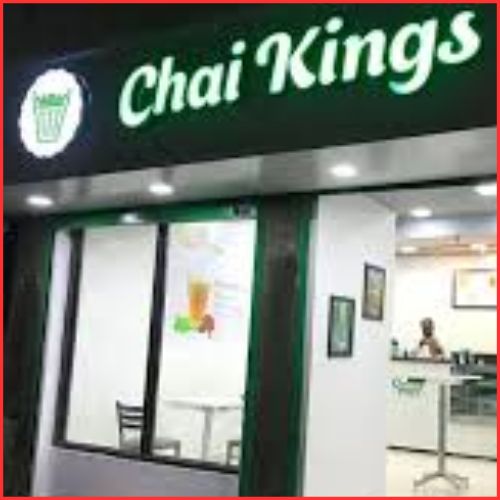JM Financial has cut Zomato’s target price by 8% from the previous target price on concerns of rising employee stock ownership plan costs. The lowering to the PT is on the back of growing concerns over operating costs with increased expenses on ESOPs in respect to Zomato’s promising market position.

PC: The Economic Times
Zomato is experiencing a high increase in the cost of its ESOPs, making them one of the prime elements in its financial strategy and cost structure. ESOPs are popular tools for retention and rewarding in the technology and startups sectors. However, highly priced ESOPs might become a burden on the finances of a company and hurt its bottom line and, in turn, investor confidence.
The JM Financial revision of the target price for Zomato comes at the back of a time in which its stock performance has equally been particularly volatile. The recent rounding of gains does not attribute the company’s stock to market dynamics characterized by regulatory changes and competitive pressure. For instance, Zomato’s share jumped almost 8% this week after the ONDC revised incentives. These incentives bring a new framework of pricing incentive capping and restructuring the discount regime. This was part of a broader effort to move away from heavy discounting as a customer-acquisition and customer-retention strategy, which has worked both for and against Zomato and—for that matter—all its competitors in equal measure.
Zomato’s financial performances in recent quarters have been a mix of the following: while the company reported a substantial reduction in net losses, from INR 360 crore a year ago to INR 188 crore in the March quarter, its revenue growth, though strong at 70% on a year-on-year basis, came a bit lower than what the market participants had been expecting. For the same period, the company reported a consolidated revenue of INR 2,056 crores.
These dynamics underline the financial challenges that Zomato faces in this highly juggling space. The industry is in a state of perpetual evolution, continually influenced by changes in the regulatory environment, consumer preferences, and technological advances. In so many ways, this gets to the very heart of the Zomato challenge: how to manage costs yet drive growth.
JM Financial lowering the target price clearly demonstrates caution to the future profitability of Zomato, as the rise in ESOP cost reflects the same. Translated into plain words, it means cost control and operational efficiencies hold the key to long-term growth. Going forward, investors would be keen to see how Zomato manages its spends and boosts revenue.
In this context, to conclude, the 8% reduction highlighted by JM Financial’s report of Zomato’s target price, due to increased ESOP costs, reinstates the predicament for tech companies to strike the right balance between employee incentives and financial health. Not compromising this arena of challenges will define Zomato’s future performance and investor sentiment. The stakeholders and market analysts are going to watch the strategies in ongoing forms of cost management and operational efficacies very closely.















